Street Fighter Week: The evolution of Ken and Ryu
Two of gaming's most iconic fighters are dissected, game by game
Table of Contents
Street Fighter|Street Fighter II|Alpha series|Street Fighter III|EX series|SF: The Movie and Gem Fighter|Marvel vs. Capcom series|SNK vs. Capcom series|Misc. games|Sprite comparison|SSFIITHDR and Street Fighter IV|Comics, films, and more
Street Fighter III: The New Generation - 1997
Street Fighter III is a direct sequel to Street Fighter II, pitting Ken and Ryu against a host of brand new characters. But it might not have been that way - rumor has it that Ryu and Ken were originally going to be shut out of the game. Capcom did, in fact, cast Alex as the main character, but our infamous heroes returned regardless, if without the spotlight.
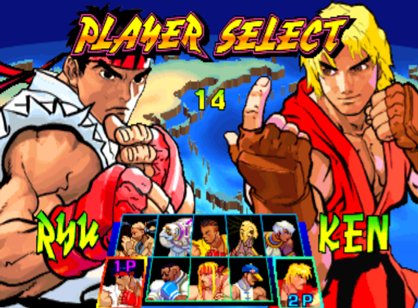
SF III was released on Capcom's new CPS-3 arcade board, meaning that the graphics are significantly improved over Alpha and Super SF II. Ryu's hair is now black - something we'll explore further later. Ken's hair has returned to its Street Fighter II length, as his ribbon was handed over to Ryu in the Alpha series.
Ryu's ending involves his typical quest to continue his training and fight more battles. Ken returns to his wife, Eliza, and child, who promptly punches him in the nuts. No, even Street Fighter can't escape the nut punch gag.
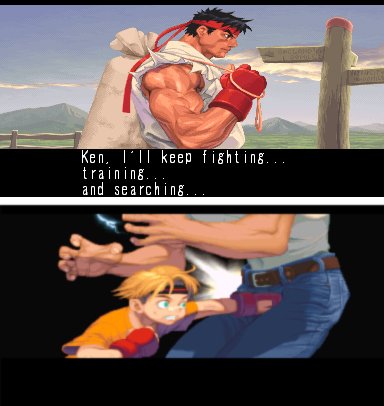
Street Fighter III 2nd Impact: Giant Attack - 1997
The unfortunately named 2nd Impact: Giant Attack features a couple of new characters and a few gameplay tweaks. Like Alpha 2's relationship to Alpha, 2nd Impact isn't a sequel to The New Generation, just an update.
Weekly digests, tales from the communities you love, and more
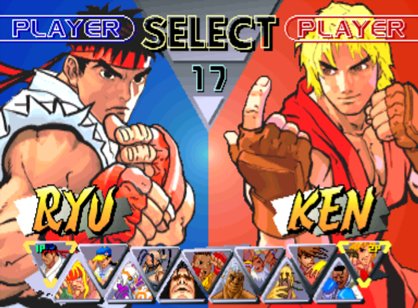
Street Fighter III Third Strike: Fight for the Future - 1999
Third Strike, the third of the three Street Fighter III games (say that three times fast), is a continuation of the story in the first two Street Fighter III games. Ryu ismaintaining his wandering warrior schtick, this time on a trek through America in search ofKen, who is in the process of winning his third US championship in a row. In Alex's ending, he is defeated by the oh-so-powerful Ryu, but vows that "the show has just begun."
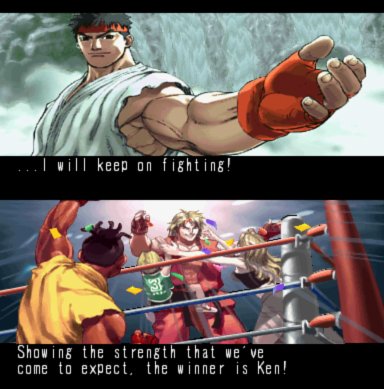
A sprite comparison between Street Fighter III and Alpha 3 shows off the refined animations and upgraded graphical capability of the CPS-3 games. The costume pallet swap in the SF III screen is in place merely to provide contrast.
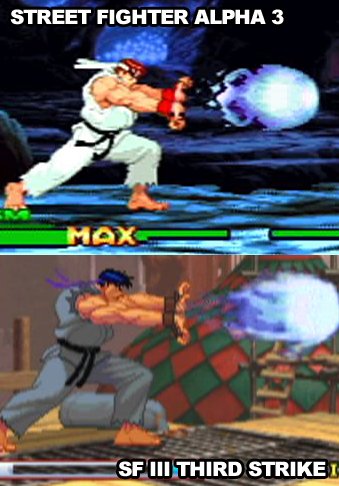
The "ready" sprites maintain the "front-facing" pose of the Alpha series, with a little more bulk in the chest and arms. The below comparison makes the transition clear - the Street Fighter II sprite is much more forward oriented than the Alpha and SF III sprites. Also note the bent knees in Street Fighter are knocked the other way in Street Fighter II, and are then straightened out in Alpha and III.


Back on the subject of Ryu's hair color - if we trace it all the way back to the original Street Fighter, there is the appearance that it was originally dyed red and has since faded to black.
While it would be a stretch to assume that this was an intentional decision by Capcom, we've created a comparison (left)for fun, in chronological order as dictated by the storyline. Note that we've also seen Ryu with black hair in concept art for Super Street Fighter II Turbo, which further leads us to believe that his hair color has been generally assigned for aesthetic reasons rather than story reasons.
Trivia: Q, a bizarre character introduced in 3rd Strike, was voiced by Len Carlson, who also voiced Ganon in the animated Legend of Zelda series, which aired in 1989.



